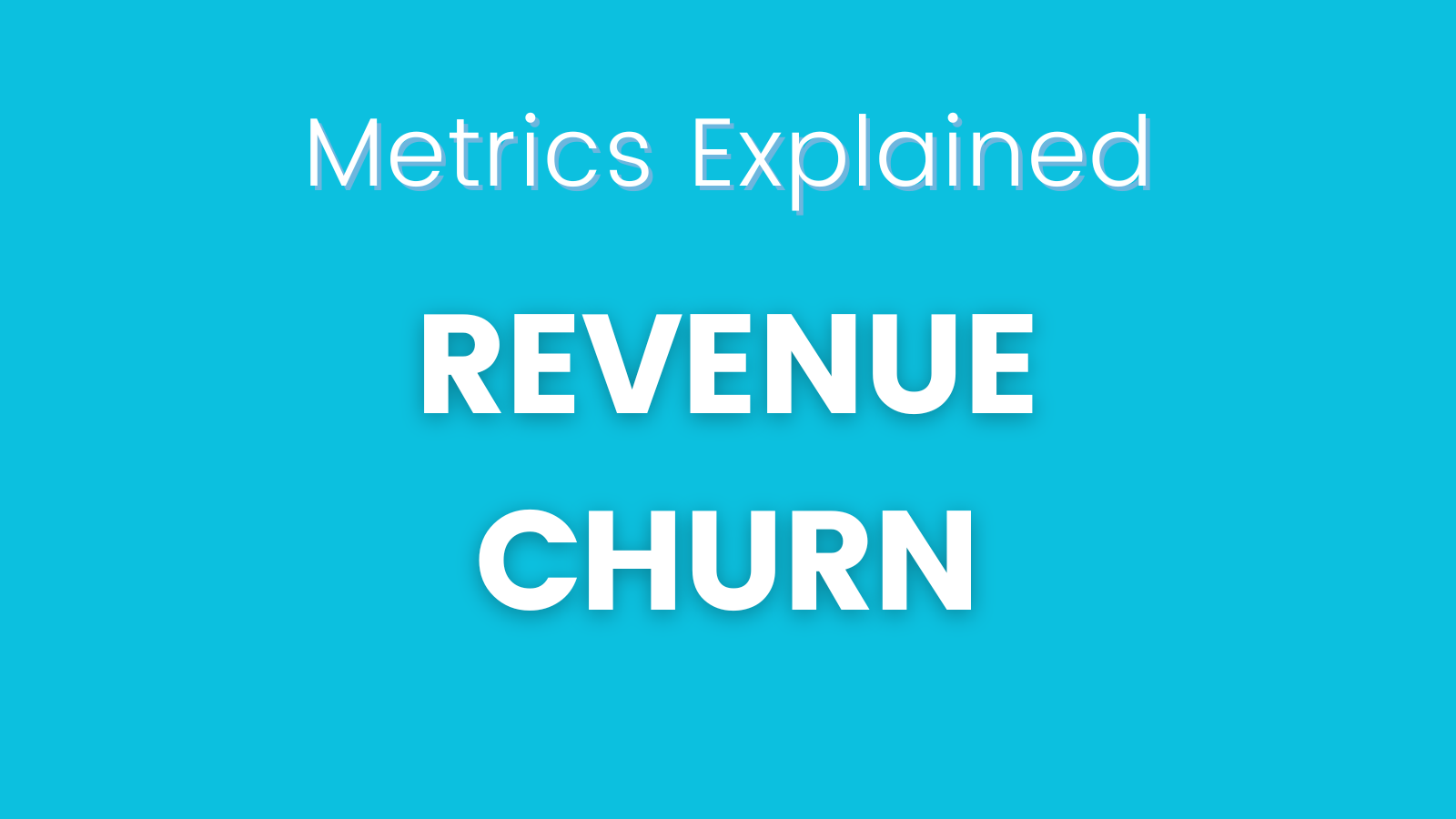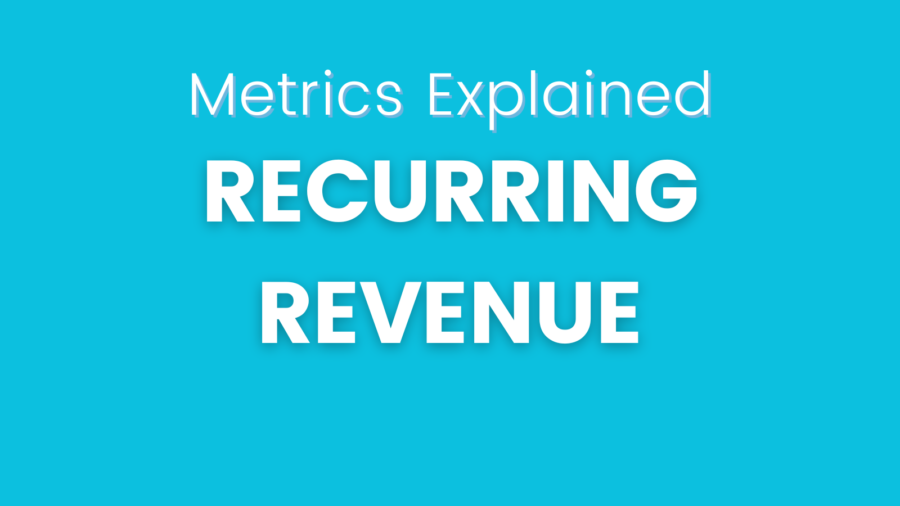Revenue churn is a vital metric in product analytics that measures the loss of recurring revenue from existing customers or subscribers within a specific period. It provides valuable insights into the financial health of a business and its ability to retain and grow revenue from its customer base.

Calculating revenue churn is essential for understanding the impact of customer attrition on a company’s revenue stream.
- Define the Time Frame:
To calculate revenue churn, first, define the time frame for which you want to measure revenue loss. This time frame could be a month, quarter, or year, depending on your business’s reporting needs and industry practices. - Gather Data:
Collect data on the total recurring revenue generated from existing customers at the beginning of the defined time frame. Additionally, gather data on the recurring revenue lost due to customer churn during that period. - Calculate Revenue Churn:
To calculate revenue churn, use the following formula:
Revenue Churn (%) = (Recurring Revenue Lost due to Churn / Total Recurring Revenue at the beginning of the time frame) * 100
For example, if your total recurring revenue at the beginning of the quarter was $100,000, and you lost $5,000 in recurring revenue due to customer churn during that quarter:
Revenue Churn (%) = ($5,000 / $100,000) * 100 = 5%
In this example, the revenue churn rate for the quarter is 5%, indicating that 5% of the total recurring revenue from existing customers was lost due to churn.
- Analyze and Take Action:
Interpreting revenue churn data allows businesses to identify trends, understand customer behavior, and assess the effectiveness of their customer retention strategies. A higher revenue churn rate suggests that customer attrition is impacting the company’s revenue stream and may indicate areas that require improvement in customer satisfaction and engagement.
By regularly monitoring revenue churn and its variations over time, businesses can make data-driven decisions to address customer pain points, optimize their product offerings, and implement effective customer retention initiatives. Reducing revenue churn is critical for sustaining revenue growth and enhancing the business’s overall financial performance, making it a crucial metric for product analytics and business success.
Check other metrics from our Metrics Explained series.





